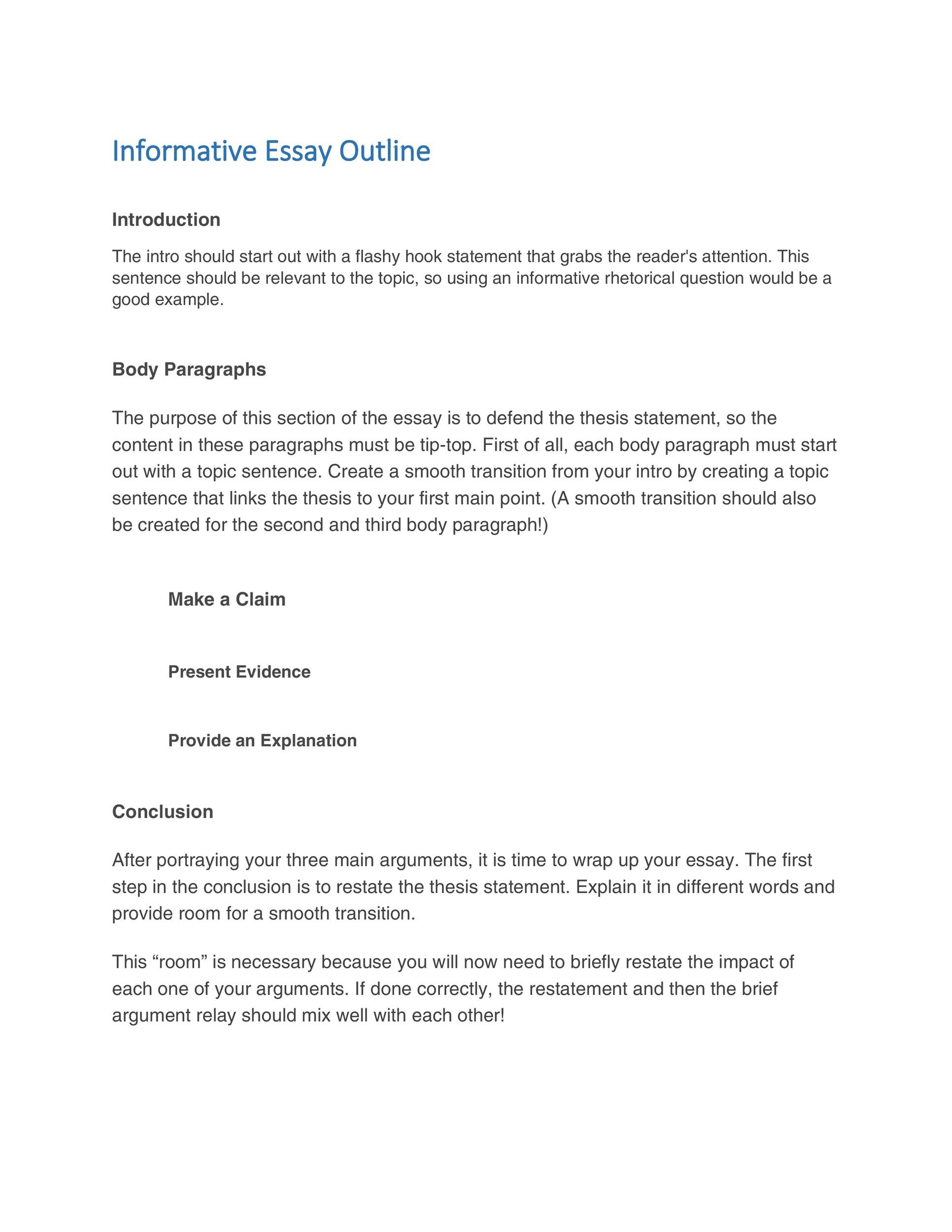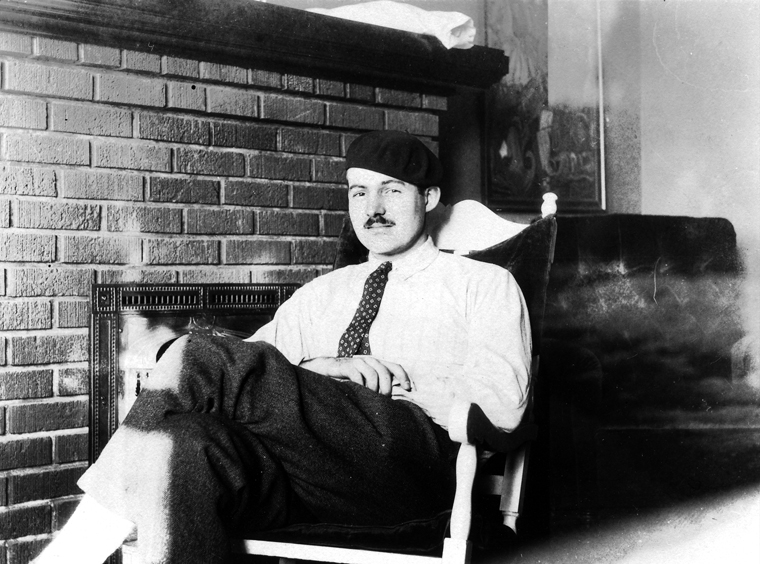Free Essay: Five Layers in the Internet Network Model and.
Internet Protocol Internet Protocol provides a standard format for packets that includes an addressing system with two functions. The protocol identifies the host computer and provides a logical location service. The first major version of IP was Internet Protocol Version 4 (IPv4), and is succeeded by Internet Protocol Version 6 (IPv6).
For example, this size allows a data block of 512 octets plus 64 header octets to fit in a datagram. The maximal internet header is 60 octets, and a typical internet header is 20 octets, allowing a margin for headers of higher level protocols. Identification: 16 bits.

Below are the Internet Protocol numbers found in the Protocol field of the IPv4 header and the Next Header field of the IPv6 header. The same values are used in both versions of the field and define the layout of the header that will immediately follow the IPv4 or IPv6 header. Both the Protocol and Next Header fields are eight bits wide.
A header contains the information required to route data on the Internet, and has the same format regardless of the type of data being sent. This is the same for an envelope where the address format is the same regardless of the type of letter being sent. Figure 3-12 - IP Header Format The fields in the IP header and their descriptions are.

The field of sociology is where you would most commonly find an ASA format or manuscript format as it also called. If you are a sociology student, it’s a high chance the overall guide to the ASA citation from pro essay writers will come you in handy.

Internet Protocol version 4 (IPv4) is the fourth version of the Internet Protocol (IP). It is one of the core protocols of standards-based internetworking methods in the Internet and other packet-switched networks. IPv4 was the first version deployed for production in the ARPANET in 1983. It still routes most Internet traffic today, despite the ongoing deployment of a successor protocol, IPv6.

Internet Protocol provides in Version 4 (IPv4) is to ensure that the IP packet header is error-free through computation of a checksum at the routing nodes. This has the side-effect of discarding packets with bad headers on the spot, and cause the lost of data packet.

Transmission Control Protocol (TCP) segments begin with a header of at least 24 bytes that contain the parameters and state of a TCP socket and track the state of communication between two TCP endpoints. The TCP segment is inserted in the payload of the IP packet, so the TCP header immediately follows the IP header.

In this tutorial, we will learn about IP header protocol structure. We will see IPv4 header format, some questions based on it, etc. In the previous tutorial, we started learning about the network layer. We studied about its main responsibilities and now from this tutorial onwards we get into the deeper section of the network layer.

In order to provide this backwards compatibility with the Version II frame type, the 802.3 SNAP (SubNetwork Access Protocol) format was created. The SNAP Frame Format consists of a normal 802.3 Data Link Header followed by a normal 802.2 LLC Header, and then a 5 byte SNAP field, followed by the normal user data and FCS.

Learn About Differences in Addressing Between IPv4 and IPv6. IPv6 is the most recent generation of the Internet Protocol (IP) defined by the Internet Engineering Task Force (IETF). Initially defined in a number of RFCs in 1995, which. (simpler header format) Figures 1 and 2 compare the header of a IPv4 packet and an IPv6 packet. Even if you.

Computer Networking and Internet Protocols: A Comprehensive Introduction. Internet Protocol (IP)! Layer 3 protocol that forwards datagrams across. IP Header Format! Version (4 bits)! Internet header length (4 bits): in 32-bit words. Min header is 5 words or 20 bytes.

There are dozens and dozens of protocols. Furthermore, protocols are layered. The bottom layer describes the voltages and waveforms that move data across a wire or radio link (Ethernet, WiFi). Higher layers describe how the data is parsed into pac.



